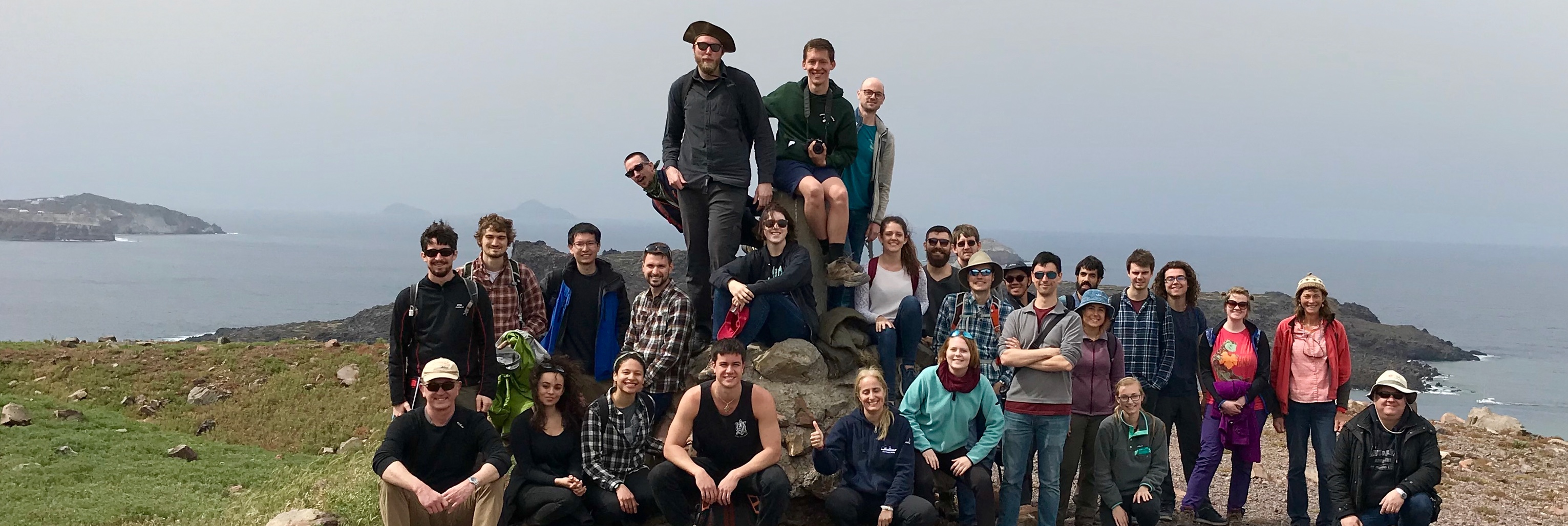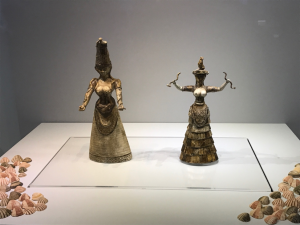Here is the presentation that summarizes how what we saw relates to the processes we discussed prior to and on the field trip. Also a document that includes all the comments that I received from the trip participants – good observations and thoughts and some insightful recurrent themes.
Monthly Archives: April 2018
Fieldtrip Roundup
 I hope that you have all recovered from the trip back. Thank you all for being a great group on this trip, all my colleagues, the tour guide and even the hotels commented favorably on the behavior and level of interest of everyone in the group.
I hope that you have all recovered from the trip back. Thank you all for being a great group on this trip, all my colleagues, the tour guide and even the hotels commented favorably on the behavior and level of interest of everyone in the group.
1. I have reconciled the expenses from the trip and we are pretty much on budget. Each student owes me $363.26. Please transfer this to me using Paypal (emilie@uoregon.edu), cash or a check. Since you had a ~$210 difference in your student account between the scholarship and the field trip charge, this makes the remaining cost to you ~$153. (Brandon, Ben, Gillean, and Miles see me separately).
2. We will have a summary meeting next week on Monday or Friday afternoon of the week of April 16-17. Let me know which times you can make at: https://doodle.com/poll/mcf6648rrq63cvrp
3. Brandon will let you know where to put your best photos from the trip at the start of next week. I have been sorting though mine! Here are two of the group photos and a third of the group at the base of the fault surface.

March 30, 2018: Last Day in Crete
No more rocks? We hear your wish! Located in the center of Heraklion, Crete, the Heraklion Archaeological Museum is one of the most important museum in the world with tons of collections of Minoan civilization.
Heraklion Archaeological Museum. The door is the key to the past, though it takes a while to open.
The earliest tools under the Minoan palace site. Stone axes and bone awls 4500-3000 BC.
Luxury Minoan life. Delicate jewelry and rock crystal were made 2600-1900 BC.
The Phaistos disc. The earliest European language that has not been deciphered yet. The unique scripts were gradually replaced by Linear A.
The Snake Goddess showing their ritual in Minoan age. The snakes may represent death and rebirth. 1650-1550 BC.
Bull-Leaping Fresco. Perhaps one of the most impressive Minoan activities. The painting represents a kind of sport, ritual or just purely decorative.
Then we drove to see some rocky things: “Europe’s oldest city” – Palace of Knossos. This palace was built as the civil central of Minoan civilization starting from Neolithic period to Bronze Age (~1700 BC). Beautiful!
Modern people are looking at Greece ancient building architecture reconstructed by old English researchers…
The whole view of the palace from “the oldest theater in the world.”
After cool archaeological sites, we drove back to the beach of Amnisos Bay. Intriguing tsunami deposits associated with Minoan civilization. Such tsunami deposits may have been induced by Santorini eruption. (p.s. The relative sea level was 3 meters lower then present)
The remnant wall of a “Villa” was cover by chaotic sandy layers, which contain broken bones, potteries, poor sorted angular pebbles with diverse composition (including some pumice).
In the end of day, we moved back to the Natural History Museum, had a brief summary of this field trip, and ate delicious food together!! Thanks for comprehensive talks by Emilie and Ben.
Cool bathymetry map around the Santorini islands. Lots of extensional basins and maybe some big left-lateral strike slip fault!
Good dinner with traditional Greek food and wine. Thanks for the organization from both UO and Greek professors leading such a smooth and fascinating field trip!
-Larry and Tim










